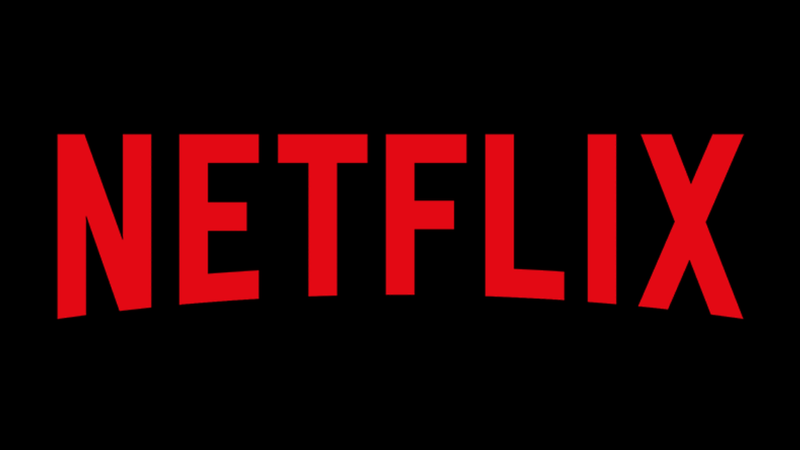Rethinking the subscription business model
Changing consumer behaviour is seeing the subscription TV streaming model challenged. Rob Mills, head of digital at Affinity asks, is it time to rethink things?
New Year is the perfect time to make new resolutions. Lose weight, quit vaping, save more. To be fair, we do our best to stick to these, but they’re easier said than done. Well, except maybe the ‘save more’ one.
I’m not saying this because saving is easy. I’m saying it because of the way business models have shifted over recent years. Many businesses have shifted from one-off costs to subscription-based models. And amid a cost-of-living crisis, is there anything easier to take off your monthly outgoings than a subscription?
For many of us, most of our outgoings now come in the form of automated payments. Back in the day (the noughties), these payments were mostly reserved for essentials, like bills and rates. But today, if you were to total up all your automated costs, you’re likely to be in for a shock. For example, subscribe to Netflix Premium ($22.99/m), Disney+ ($139.99/y), Apple TV ($9.99/m) and you’ll pay $535.75/year.


